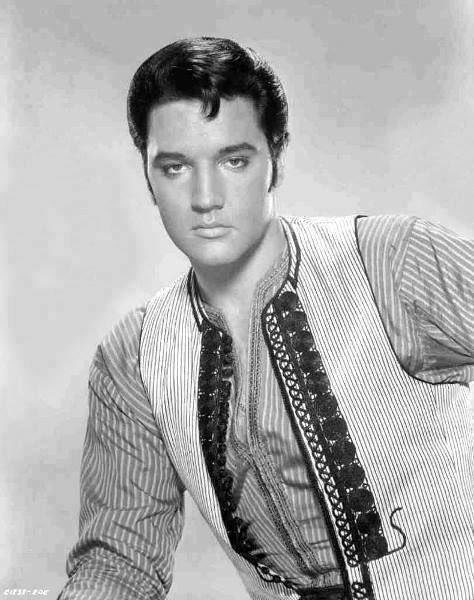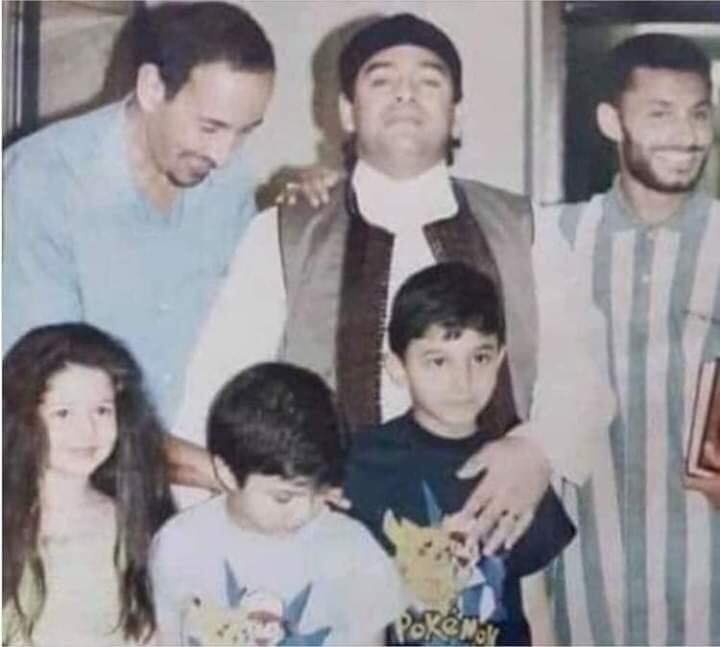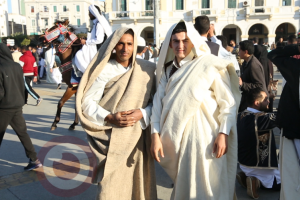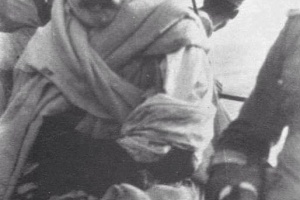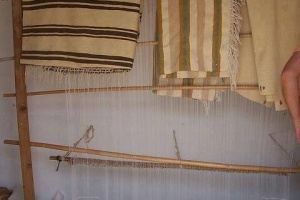Many traditional costumes in Libya have left room for western clothing, such as jeans, T-shirts, and shorts, but the men's "Farmila" remains one of the most commonly worn traditional outfits you can still see today even in urban areas.
Basically, it is worn with a loose knee-length shirt with a pair of baggy trousers; however, the Farmila is part of a wider ensemble, consisting of a stitched jacket the "Zaboun" and a cloak the "Juba" or "Jalabia", which is usually worn in occasions and formal events.
The Libyan dress has undoubtedly been influenced by other cultures. Libya, as most of the Arab countries, had lived under the Ottoman umbrella for a while. Historians indicate that the Farmila had been passed on to Libya by the Ottoman sailors, this might explain why it is most common in the north coastal part of the country, however, others believe it goes way back to the Berber era.
The Farmila is a sleeveless top, embroidered with a decorative cord from the front part. Women's Farmila is also of this form, but it is embroidered with golden and silver threads and enhanced with golden buttons, which makes it a special occasion outfit.
The price of the men's Farmila depends basically on the type of material, the fineness of the thread, and the embroidery, which could vary from the simple to the elaborate.
There are five primary patterns used for decorating the Farmila, the designs followed in the stitching are based on the occasion concerned or whether it is for daily wear, as well as the age group, however, nowadays only discerning consumers care for such details.
The "Dafirah" and "Al-Koustik", are the simplest among the group, they are lightly embroidered, making them affordable to a large cross-section of the population, while other versions like the "Lalaja" stayed well out of reach of middle-class people for its high price.
Next comes the "Sanadiq" or the boxes version, its design is more detailed than the first two, but still, it remains an economical option, as it is lightly stitched with square patterns which is where it got its name from.
As for the upper class of businessmen and merchants, they go for the "Qassat Al-Wasat" meaning the middle cuts, and the "Qassat Al-Barnous" also called the "Lalaja" design, characterized by a small pocket on the left side made especially for the pocket watch.
To make the Libyan Farmila, you need a piece of fabric, an appliqué cord, and a needle not more than five cm large, but it’s the skilled hands which make the difference and turn the garment into a piece of art.
The classic version of the Farmila requires the colour of the cord and the material of the garment to be similar, but times have changed, designers these days have introduced new styles with an amalgamation of daring colours paring white and gold cords with dark-coloured fabric, not typically found in older designs.
Talented hands can stitch their way through the fabric without a ready-printed design, each finger has a task, one for stitching another for holding the fabric and the left thumb for measurement and for "guiding the way". Some claimed they can accomplish the task in total darkness.
If you ever jump in a plane to Libya don't miss visiting the "Souq Al-Mushir" historic market in the Old City of Tripoli the "Medina", where you could purchase your own Farmila, as it is the main market for Libyan traditional costumes.
Libyan Farmila has also attracted world celebrities such as the Rock and Roll singer, Elvis Presley and the football icon Maradona, who did not miss the chance to take a picture in the Farmila outfit

